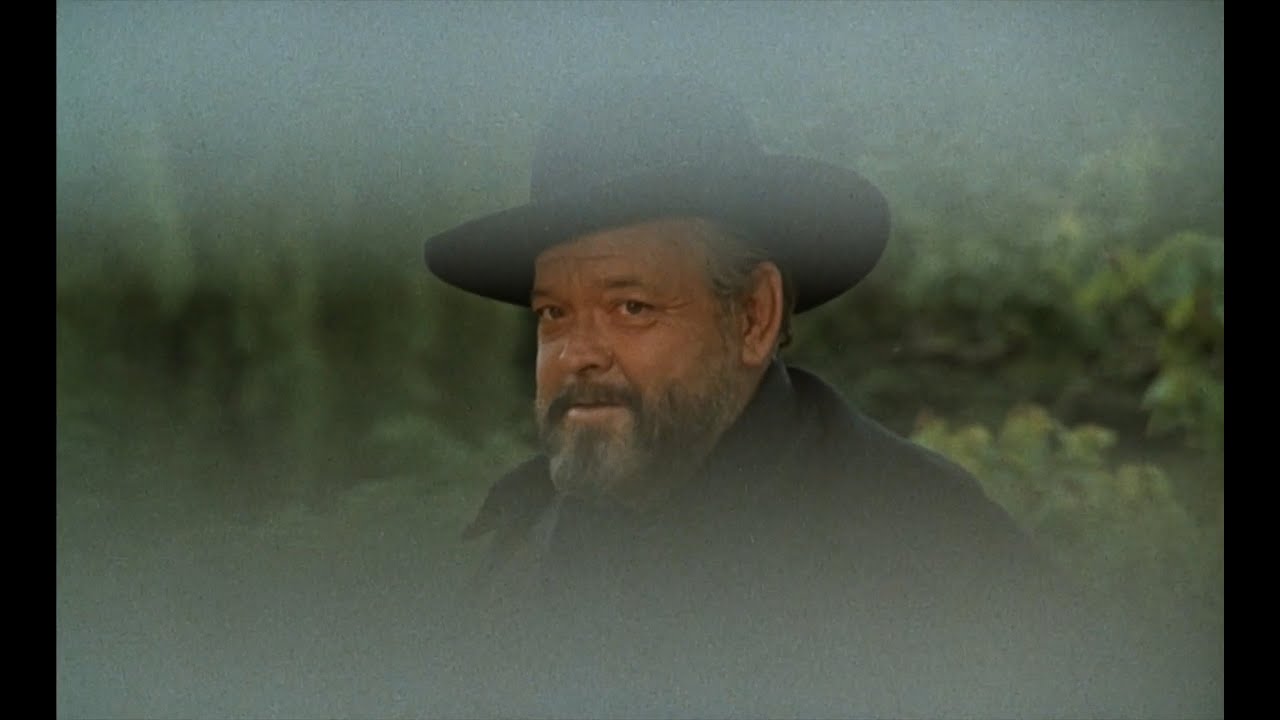A couple of things. I don’t necessarily think that the PSR is too detailed, but you may be attacking it at the wrong time. Have you pegged where you think the major drivers are? Do you know which act you are in at each time? If you move forward without setting these anchor points, you may find that you move too quickly through the PSR. If you do that, what you will find is that you will cram scenes into places they don’t belong. It’s unsatisfying. That’s my experience anyway.
Second, the PSR is what the story feels like from the “inside” – how it is subjectively felt by characters in each domain. I think that level of understanding will require several readings of the book.
I would focus on the bigger points, at first anyway. Know the answers inside and out for the major dramatica questions. Then, my advice, would be to really get a good understanding of which moments are related to the Symptom/Response, Problem/Solution. Then the Issues. Then maybe the catalyst and inhibitor. Really get an understanding of where the IC exerts their influence on the MC.
These things are probably going to be your bread and butter for writing.
At this point, I would ask yourself if you have enough tools. If not, I’d look at the PSR. The PSR is really for intuitive writers, which – almost solely by looking at how you are approaching this – I am going to guess you are not. I’m not either. It’s neither here nor there. It’s just something that is, like being left or right handed.

